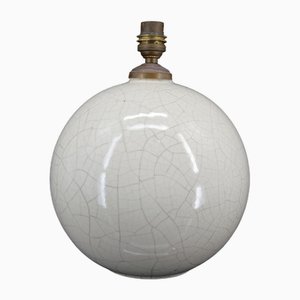
Born in Paris in 1879, designer Jacques-Émile Ruhlmann (who was also known, confusingly, as Émile Jacques Ruhlmann) was born into an Alsatian family who owned a painting and contracting firm. He spent much of his youth learning the family trade. In 1907, upon his father’s death, the seventeen-year-old Ruhlmann took over the family business. Around 1910, he exhibited his furniture publicly for the first time, and in 1912, he established his own workshop in Paris. In 1919, he founded an interior design company with designer and friend Pierre Laurent known as Établissement Ruhlmann et Laurent. Together, they produced furniture, wallpaper, fabric, lighting, and bronze objects.
While the Arts and Crafts movement influenced Ruhlmann’s earlier work, he is best known as a luminary of 1920s French Art Deco style. Over time, however, his style became more functional and modern, and occasionally even modular. Ruhlmann himself did not work with his hands; prior to 1923, when he set up his own cabinetmaking shop, all of his designs were produced by outside shops. Especially notable works include a variety of glamorous furniture pieces made of rare woods like Brazilian rosewood and Makassar ebony, often embellished with ivory or tortoiseshell details.
Ruhlmann’s designs were purchased both in France and abroad to decorate palaces, political estates, and national museums, including the furnishings for several rooms in the Élysée Palace as well as pieces for the Metropolitan Museum of Art in New York. Today, his work is included in the permanent collections of the Metropolitan Museum of Art, the Brooklyn Museum, the Smithsonian Cooper-Hewitt National Design Museum, and the Museum of Fine Arts in Boston, among others.
Ruhlmann died in Paris in 1933 at the age of 54.


